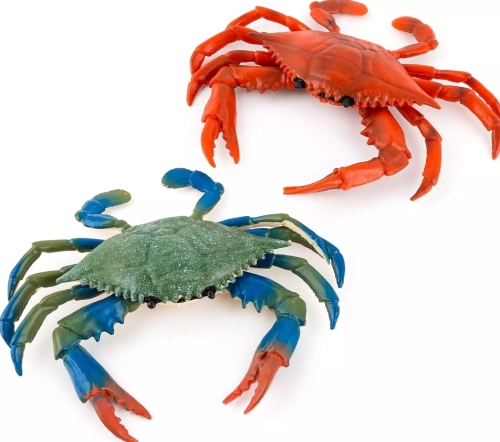The crab model is a concept commonly used in economics and social sciences to describe the interactions between individuals and the resulting collective behavior in the face of complex systems. The name of this model comes from the habit of crabs, crabs often show a sideways posture when moving, symbolizing that in the face of challenges, individuals may not move towards the same goal, but take their own paths, which can be observed in many fields.
In the crab model, participants' behavior is often influenced by each other, leading to the formation of collective action. When individuals pursue their own interests, competition and cooperation often coexist. This model well reflects some phenomena in the market economy. For example, in corporate competition, companies may adopt a strategy of lateral competition rather than direct conflict in order to maintain their market share. This dynamic allows the market to present a "relatively stable" state for a period of time, although it contains changes that can occur at any time.
In addition, crab models are also used to analyze the interactions of species in ecosystems. In nature, interactions between individuals can produce a variety of complex effects, such as competition for resources and habitat selection. In the case of limited resources, individuals often choose different strategies to adapt to changes in the environment, and this adaptability reflects a state of dynamic balance.
In the study of social networks, the crab model also has important applications. On social media and online platforms, people interact in complex and diverse ways. Individual choices not only affect their own social capital, but also affect the overall behavior of the group. This mutual influence can take the form of information dissemination, behavior imitation, and even the formation of social norms.
Together, the crab model provides a powerful framework for understanding individual behavior and collective dynamics in complex systems.
















